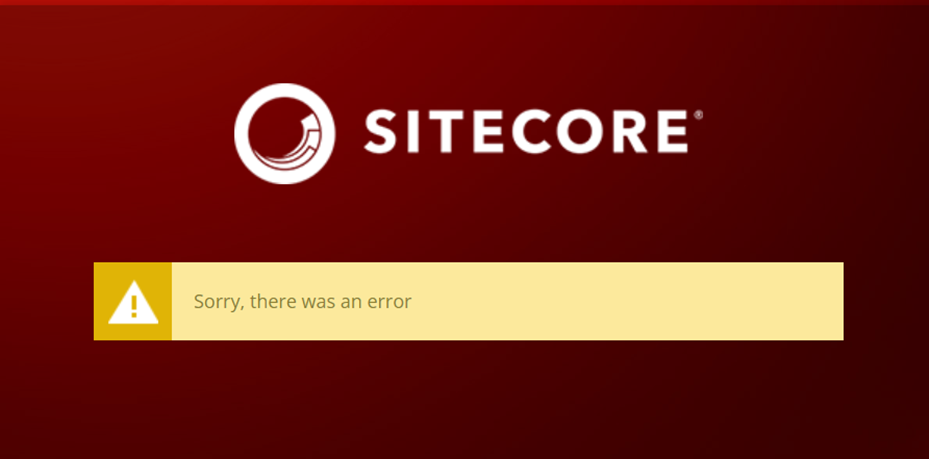SSO Integration in Sitecore Content Hub
In this blog post, I will explain how to integrate the Single Sign-On in Sitecore Content Hub. For this blog post, I am using an example of Azure Active Directory (Azure AD), which has been renamed to Microsoft Entra ID.
Before setting up the SSO in Content Hub using Azure AD, you must create and configure an Azure application registration. Refer to the official Microsoft Azure documentation for the correct procedures and retrieve the following details:
- metadataLocation: The URL or path pointing to the XML metadata of a SAML/WsFederation service provider
- spEntityId: The entity ID of the service provider. Normally, it would be the DAM URL followed by AuthServices/ACS
- idpEntityId: The entity ID of the identity provider. This would be the place owned by your team, where you would like the users to authenticate themselves
Once you have the above details, log in to the Sitecore Content Hub, and from the navigation menu bar, click on Manage and go to the settings option.

In the right panel, scroll down to the ExternalAuthenticationProviders section of the authentication JSON, set the key values to those mentioned in the above tables:
- metadata_location: is replaced by the Federation metadata document value.
- sp_entity_id: is replaced by the Application ID URI value.
- idp_entity_id: is replaced by the EntityID value.

Click on the Portal Configuration and choose Authentication, and then change the view from Tree to Text.

Please ensure that the provider_name is specified and include a basic message.
Additionally, confirm that the value for EnableExternalAuthentication is set to true.

Please log out of Sitecore Content Hub and navigate to the login page. The login screen should now display your designated message, for example, "SAML testSSO". You may then proceed with the Azure login procedure.

Happy Sitecoreing 😊



Comments
Post a Comment